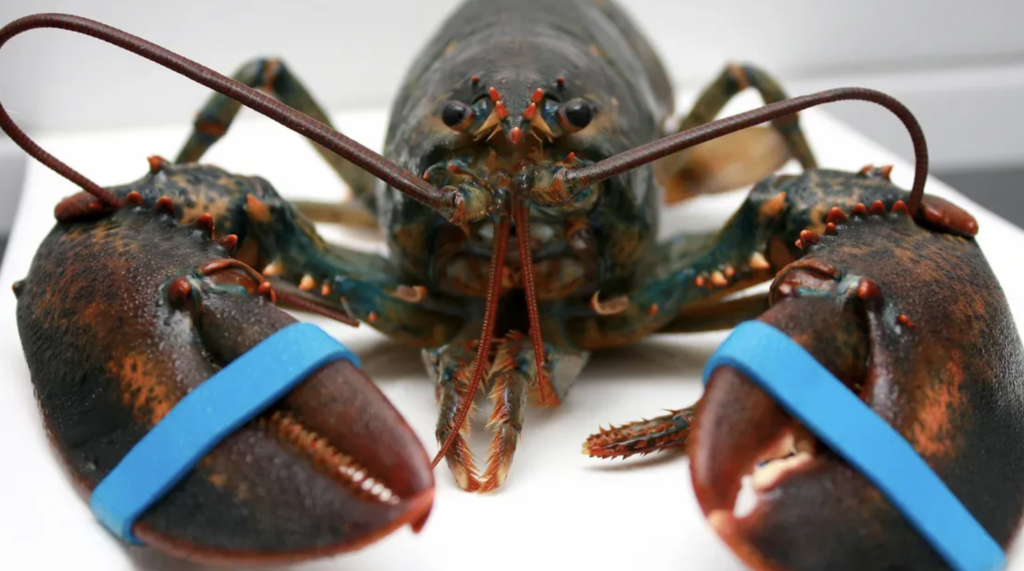
Wikimedia Commons
NOTICE: I have to admit I sometimes enjoy eating lobster. If you don’t want to be turned off, you may not want to read this story because it may change your mind about consuming them.
Here are 12 disgusting but accurate reasons why eating lobster isn’t the indulgence it’s cracked up to be.
1. They’re Known as the “Cockroaches of the Sea”

Lobsters are arthropods, closely related to cockroaches and spiders. They share similar anatomy, including jointed legs and an exoskeleton, and their scavenging diet makes the comparison even more fitting.
2. Eating Lobster Is Like Eating Ocean Garbage

Wikimedia Commons
Lobsters are bottom feeders, consuming rotting fish, dead animals, and other waste from the ocean floor. Essentially, they’re nature’s garbage disposals, and whatever they eat could end up on your plate.
3. Lobsters Absorb Pollution

Living on the seafloor exposes lobsters to heavy metals, microplastics, and industrial runoff. These toxins accumulate in their tissues, meaning that when you eat lobster, you’re also consuming harmful pollutants.
4. They Produce a Lot of Waste

Wikimedia Commons
For every pound of lobster meat, several pounds of inedible waste—shells, heads, and organs—are discarded. This creates a significant environmental burden, especially given the high demand for lobster.
5. High Levels of Contaminants

In addition to pollution, lobsters naturally contain heavy metals like mercury, lead, and cadmium. Regular consumption can lead to the buildup of these toxins in your body, posing serious health risks.
6. Their Cooking Process Releases Toxins

When boiled or steamed alive, lobsters release harmful substances from their organs into the water. If the lobster isn’t properly cleaned, these toxins can contaminate the meat, making it potentially unsafe to eat.
7. Lobsters Can Carry Parasites

YouTube
Lobsters are known to harbor parasitic worms and other pathogens. While cooking kills these parasites, the idea of eating a creature riddled with worms is far from appetizing.
8. Their Shells Hide Bacteria

The hard shell of a lobster can harbor bacteria like Vibrio, which can multiply rapidly if the lobster isn’t cooked immediately. Improper handling can lead to severe foodborne illnesses.
9. Their Meat Contains Cholesterol Bombs

Lobster meat is high in cholesterol, making it a poor choice for those concerned about heart health. There are far leaner and healthier seafood options available.
10. Lobsters Suffer in Storage

Flickr
Before being cooked, lobsters are often kept in cramped tanks or on ice for days, during which they experience immense stress. Their prolonged suffering raises ethical concerns and can negatively impact the quality of the meat.
11. Lobsters Were Once Prison Food

Before they were trendy, lobsters were so abundant and despised that they were fed to prisoners, indentured servants, and even livestock. Their rise in status is due more to marketing than any intrinsic quality.
12. Lobsters Are a Trend, Not a Luxury

The rise of lobster as a luxury food is purely the result of clever marketing. Underneath the branding lies a scavenger that was once regarded as unfit even for prisoners. Paying exorbitant prices for lobster doesn’t make it glamorous—it makes it a symbol of how marketing can manipulate public perception.
If we’ve missed any key details or you’d like to share your own reasons for avoiding lobster, let us know in the comments, and we’ll update our list!


